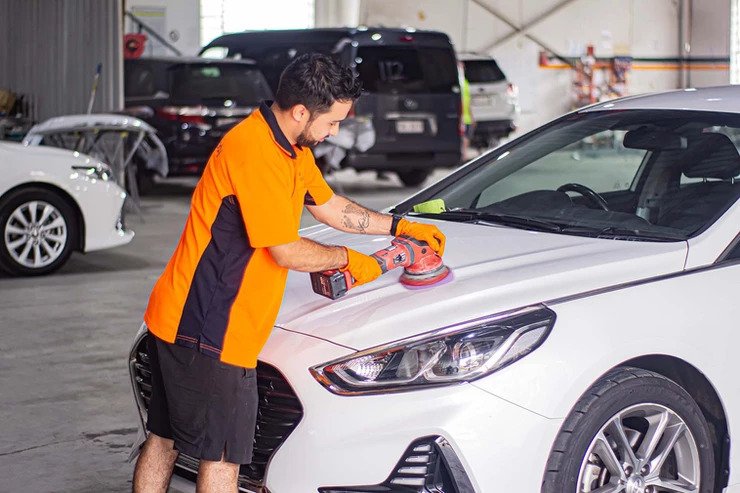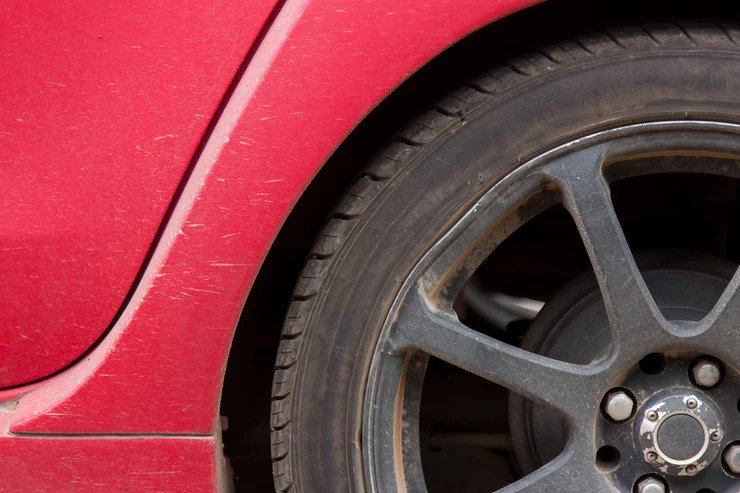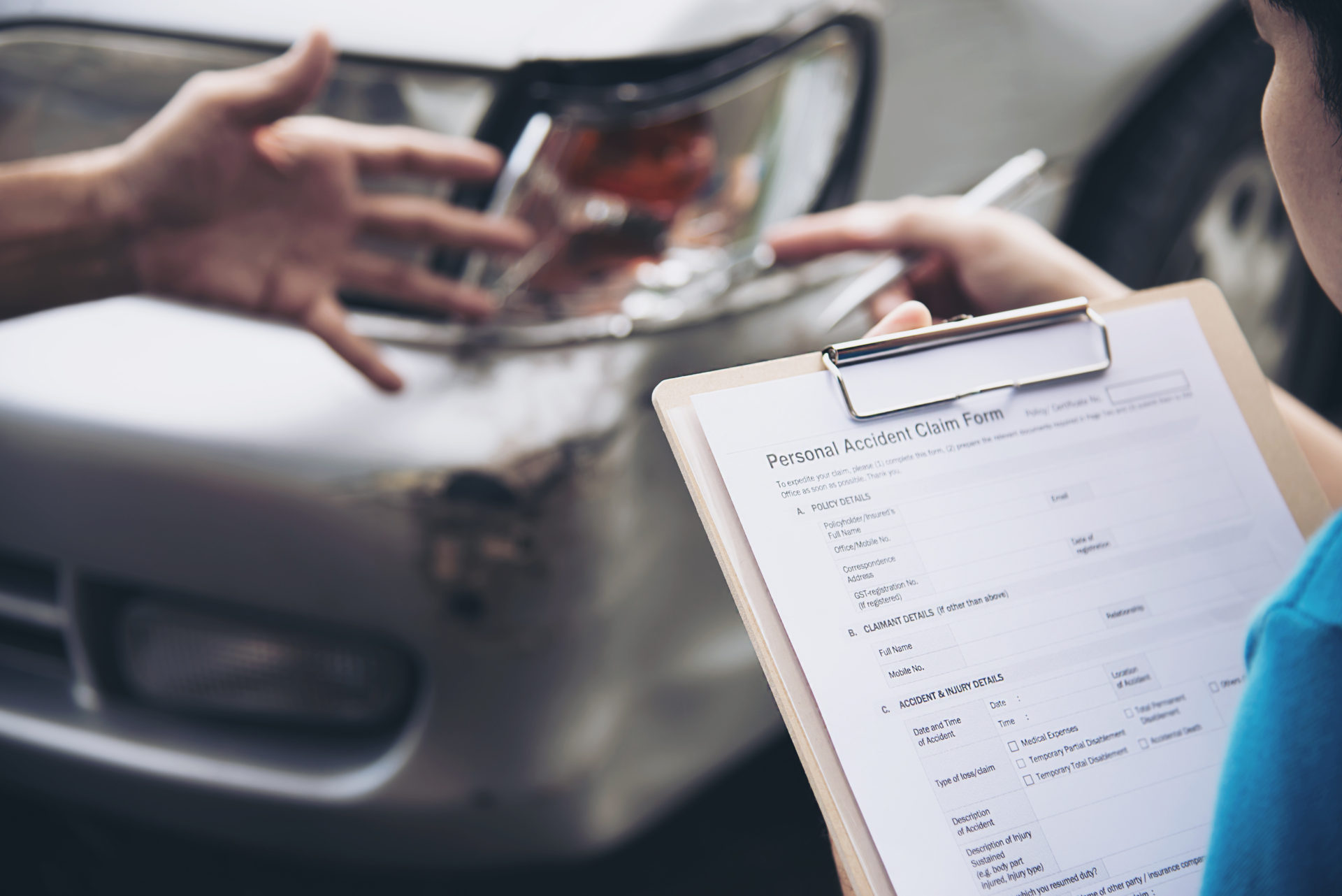How To Remove Light Scratches in 8 Easy Steps
Scratches on your car’s paint is something ALL car owners can definitely relate to. Why is it important to know how to remove light scratches? Because no matter how careful you are with your car, it’s bound to be scratched sooner or later due to daily use. Would you believe that even stored or parked cars get scratched, too?
Because it’s virtually impossible to avoid them, the best thing to do is to know how to deal with them fast and right. Of course you can always rely on trusted repair shops like Flow Autobody, but it’s good to know the basics.
Read this simple guide on how to remove light scratches from your car straight from home. This could come in handy when you want a quick remedy and don’t have the time to bring it to a repair shop.
Paint Damage at a Glance
To an average person, all sorts of paint damage can appear to be same where in fact, they differ quite significantly from one another. Whether you DIY your scratch removal or you get it done by a professional, it’s important that you can distinguish the different kinds. Knowing what causes each kind of paint damage can help you prevent it from happening to your car again.
Here are the 3 most common types of paint damage:
Swirl Marks
These are microscopic marks on your car’s clear coat also sometimes called holograms or micro marring. They’re highly reflective and are more evident on dark-coloured cars. Swirl marks are often caused by improper wet or dry cleaning of your car’s surface (e.g. wiping using a dusty or dry non-microfibre towel), incorrect buffing techniques, cleaning compounds and tools, and even pulling dirty car covers over your car. Make sure you are using appropriate car care products and tools to avoid causing damage to your paint.
Discolouration
Discolouration that comes with dullness of your car’s paint. It can be caused by either environmental contaminants (e.g. animal droppings, dead bugs, tree sap) or oxidation (a chemical reaction between heat and oxygen that breaks down your car’s paint). Chalky and dull paint can still be restored to some extent through buffing. However, deteriorated panels stripped entirely of paint will most likely require a full-on respray or repainting job.
Scratches
There are two types of scratches, one is light or minor and the other is deep or major. The difference of each one lies in the extent of damage on your car’s paint layers. Light scratches affect only the top coat or clear coat. Deep scratches go beyond the clear coat with some exposure of your car’s primer and worse, the metal substrate.
One of the easiest ways to identify whether it’s a minor or major scratch is by pouring water over the area. An indicator that it’s most likely just a light scratch is if the appearance of the scratch disappears temporarily while wet. Another way to check is to run your fingernail across the scratch. If it easily catches your nail, then chances are, you’ve got a deep scratch.
Don’t Panic – Here’s What to Do
Worried about how to remove light scratches from your car? Fret not- as promised, here are two things you should keep in mind:
Buff it Out
Even non-drivers are probably familiar with the term “buff” because it gets thrown around pretty often. What does it mean, really? Well, the term buffing just refers to the act of removing scratches using a buffing pad either by good ol’ elbow grease or using a buffing machine called polisher. Buffing is used during the cutting, polishing, and waxing process. To discern the differences among these 3, check out this article.
Buffing pads are generally favoured over towels and rags mainly because they hold the product better. They also tend to distribute it more evenly across the car’s surface. There are three main kinds of pads: wool, foam, and microfibre. Each of these come in an array of sizes as well. For light scratches, it’s recommended that you use compounding buffing pads.
Rub it In
Apart from the type of pads to use, another important thing you should consider is the product you’ll need to apply to your pad. For light scratches, it’s best to use all-in-one compounds (AIO) or one-step compounds as it’s less abrasive and makes your job a whole lot easier. You get the best of cutting, polishing and waxing with just one product!
Avoid the hassle of even worrying about paint damage on your car, head on over to 3 Easy Tips on How to Protect your Car Paint. Prolong your car’s paint with proper car paint maintenance.
The Process
The process may be simple but it’s not as easy as you might think. Always work on your car with caution and care. Do enough research first, or ask the experts, before you try doing something on your own. Otherwise, you might make the damage worse. So, want to know how to remove light scratches? Here’s the simplified DIY process:
4 Things You’ll Need:
- Clay bar kit
- Buffing Machine/Polisher
- Cutting compound (All-in-One)
- Masking tape
8 Easy Steps on How to Remove Light Scratches
- Wash and dry your car.
- Remove any remaining contaminants using a clay bar kit.
- Mask your car’s trims and edges to ensure that you don’t go over them with the polisher.
- Set your polisher to slow-medium speed.
- Apply cutting compound to you buffing pad.
- Move the polisher over the scratch.
- Once you’ve worked in the compound evenly unto the panel, wipe off the excess with a clean microfibre cloth.
- View the area from an angle to see if the scratches were removed. Repeat the process as needed. For deep scratches (those that go beyond the topcoat and into the base coat or coloured layer), it’s best to seek professional advice.
General Tips for Removing Light Scratches
- As with all products, be sure to always follow the manufacturer’s recommended usage. Instructions may vary.
- Apply minimal pressure to the polisher. Let the buffing pad and compound do the work.
- Don’t buff over panel edges. This is where the paint is thinnest. If you’re buffing close to the edges, it’s best to mask the edges beforehand.
- Don’t keep the polisher in one spot for too long to avoid too much friction and heat build-up on the panels.
- Avoid buffing over plastic trims. Mask trims to protect them when buffing.
- Always use a clean microfibre cloth when wiping off compound. Using a dirty cloth may spread unseen dirt and debris around, bringing you back to square one!
- (Warning: do NOT do this under a tree!) It’s best to do this process in a well-lit, covered area away from direct sunlight. Direct sunlight will heat up the panels too much and effect the compound.
Flow Autobody Makes Scratches Disappear
Unfortunately, there’s no DIY guide for deep scratches, paint discoloration, or faded/dull paint. For paint damage that goes beyond light scratches, it’s best to bring your car to the professionals at Flow Autobody. Check out our services here to see our different repair solutions for your car needs.
You can also quickly get a FREE estimate for the damages on your car. We specialise in smash repairs, which includes paint respray and scratch removal.
If you have any questions about how to remove light scratches, how to protect car paint, and all things car repair or restoration, email us at [email protected] or give us a call at (07) 3354 3711.
Other Blogs
3 Common Car Insurance FAQ (Answered by Experts)
Having vehicle insurance coverage means that you will not be left with a significant financial burden if you are involved…Read More
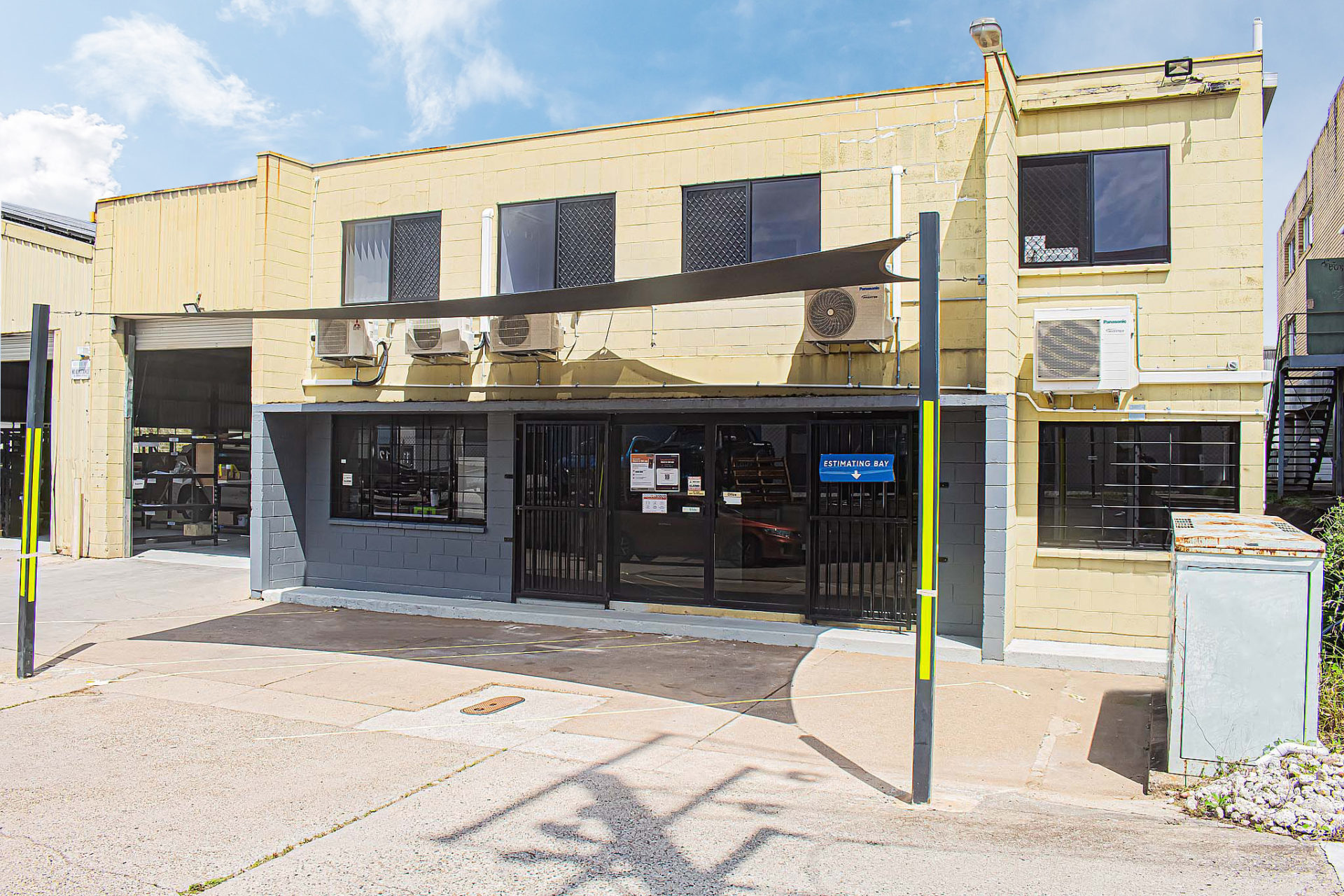
Finding a Smash Repair Shop in Brisbane You Can Trust
Finding Smash Repairs in Brisbane? Why not browse through Flow Autobody’s services and see if we have exactly what you’re…Read More
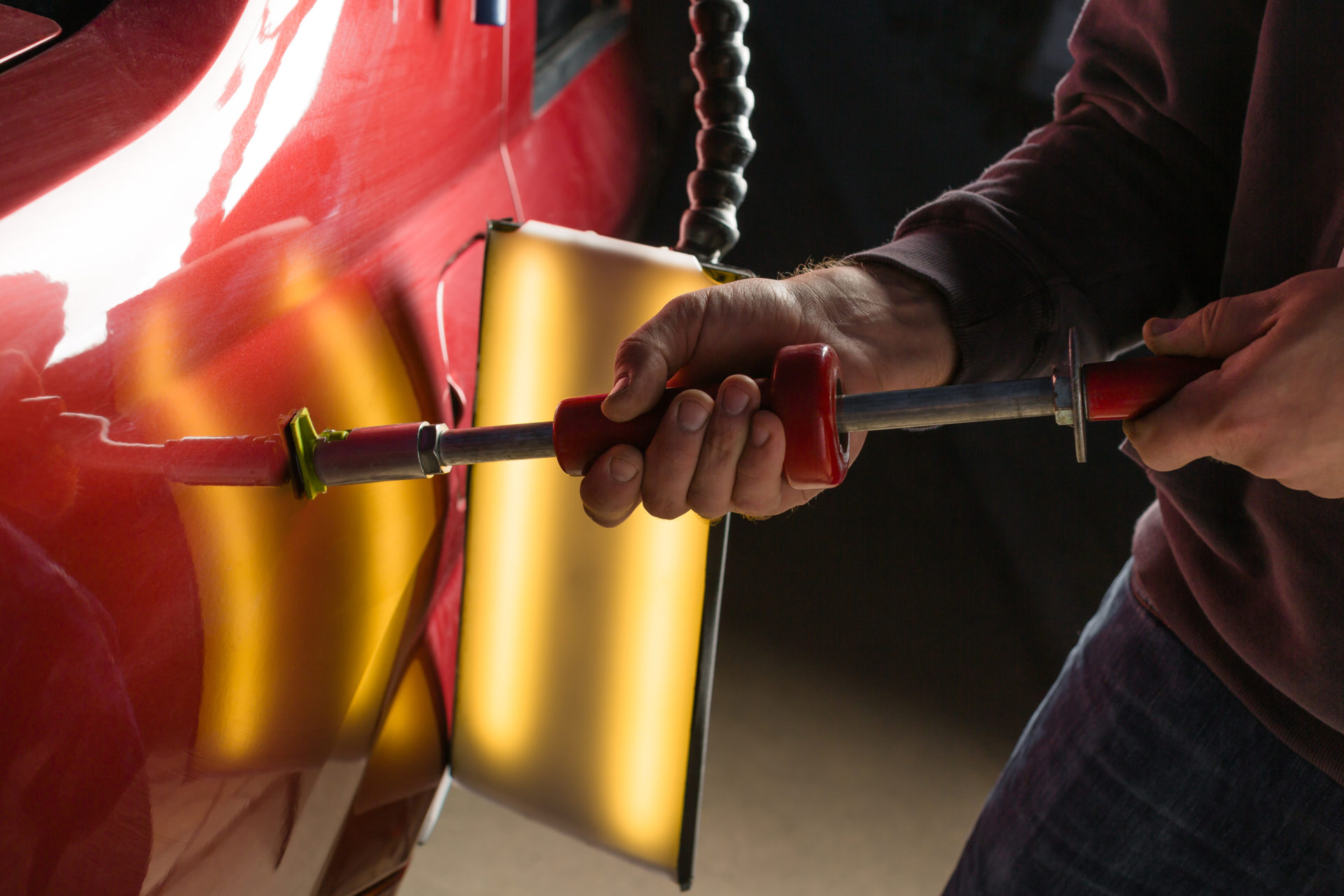
Everything you Need to Know About Paintless Dent Repair
Dents are more painful than scratches primarily because they are deeper and are more visible. Paintless Dent Repair is a…Read More
Get an Online Smash Repair Estimate Today!
Get an instant free smash repair estimate today at Flow Autobody with just one click!
